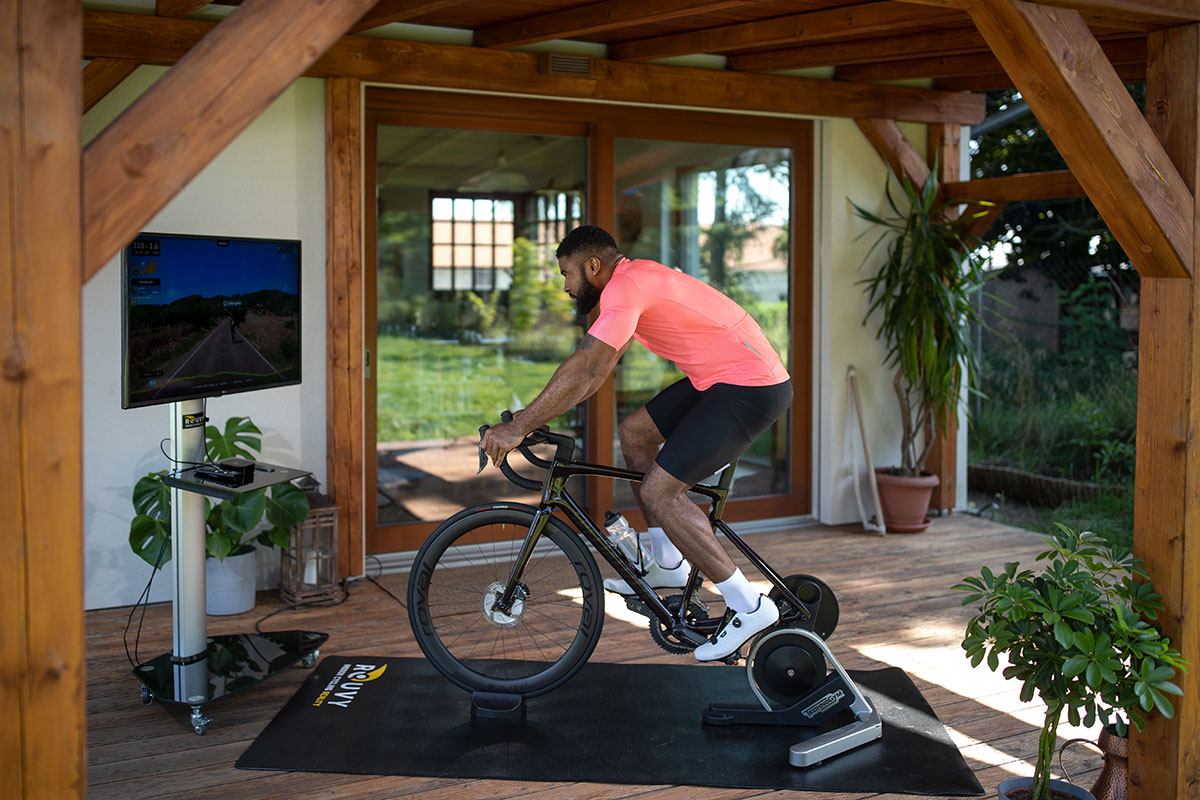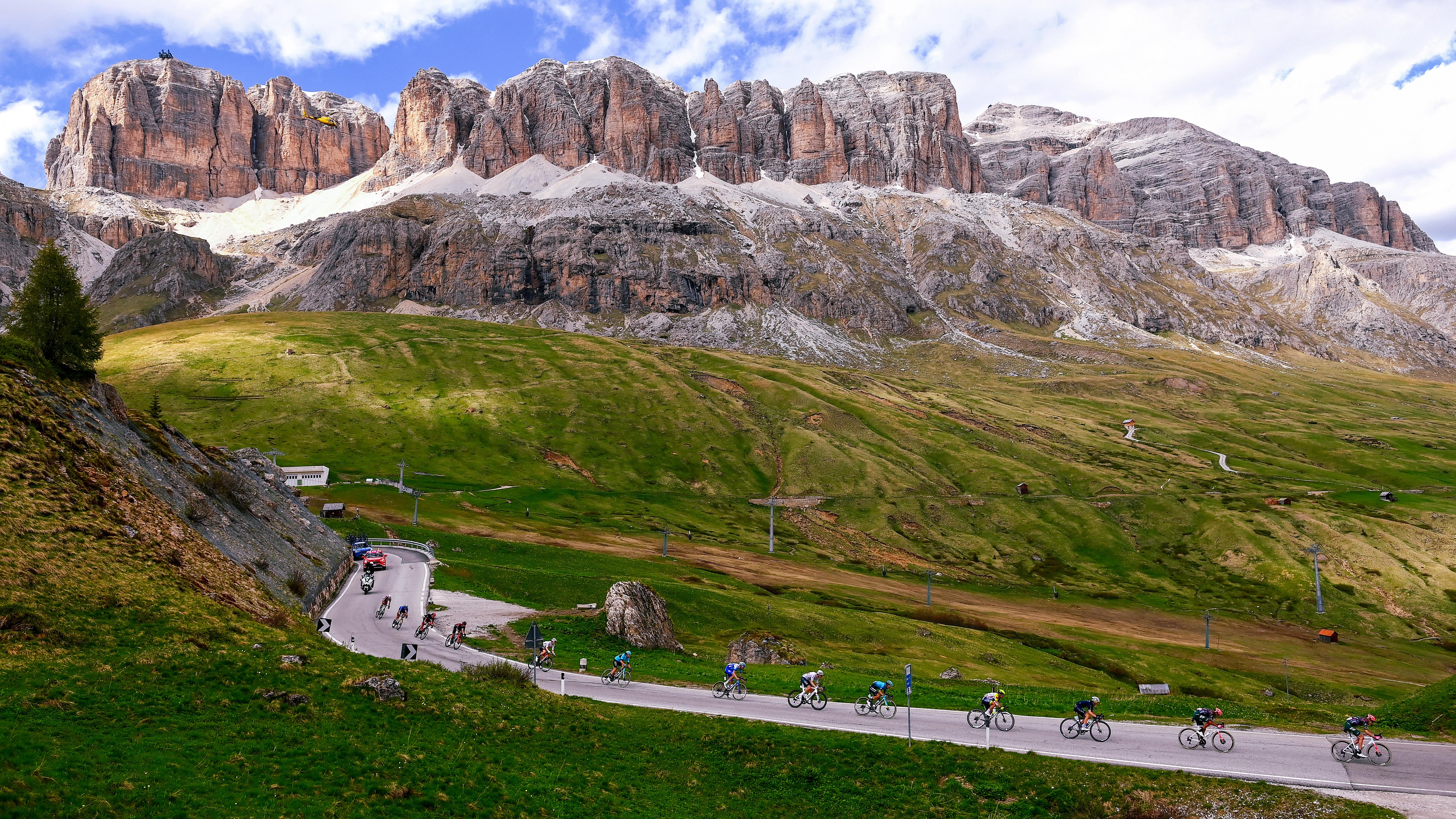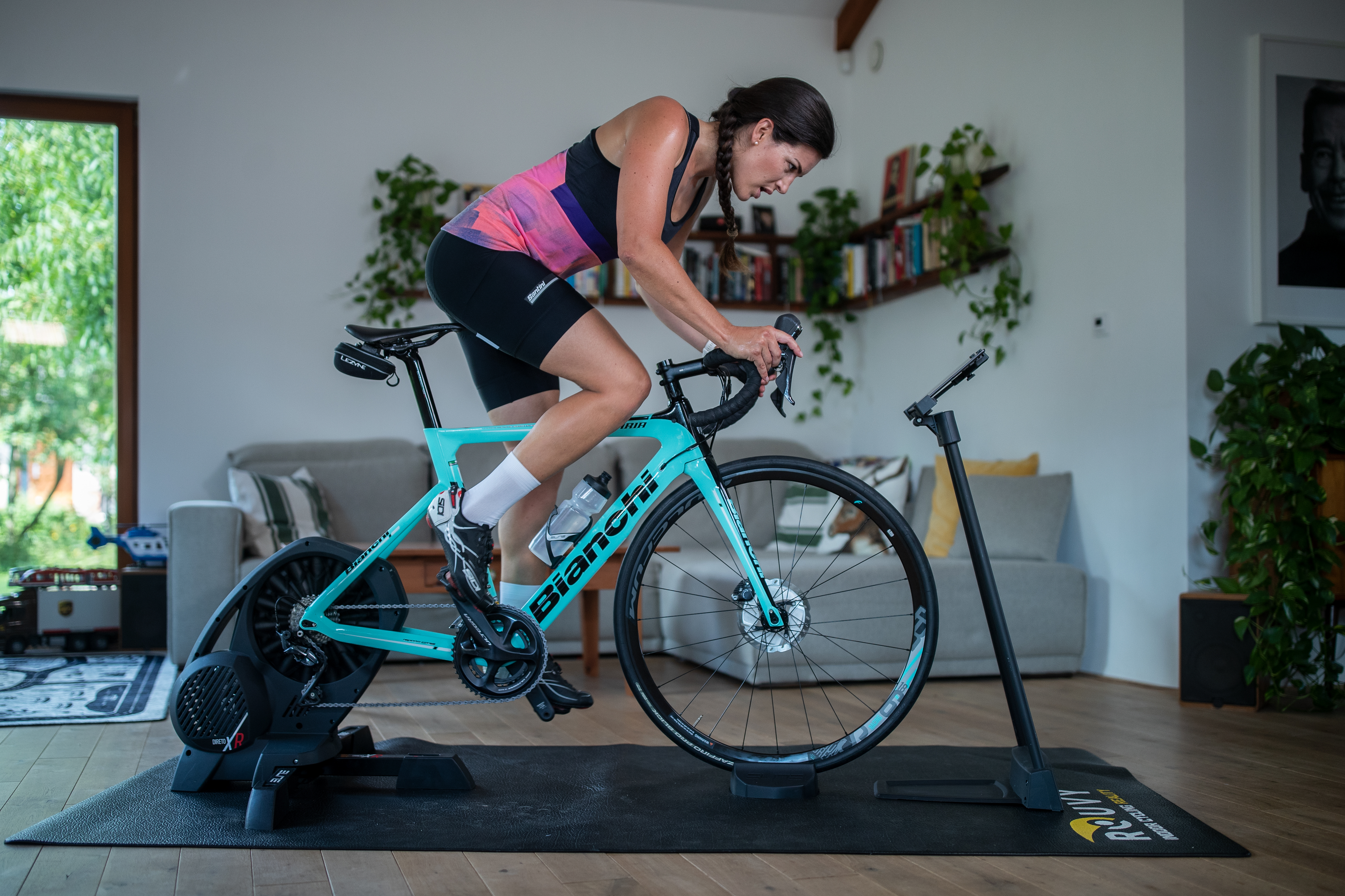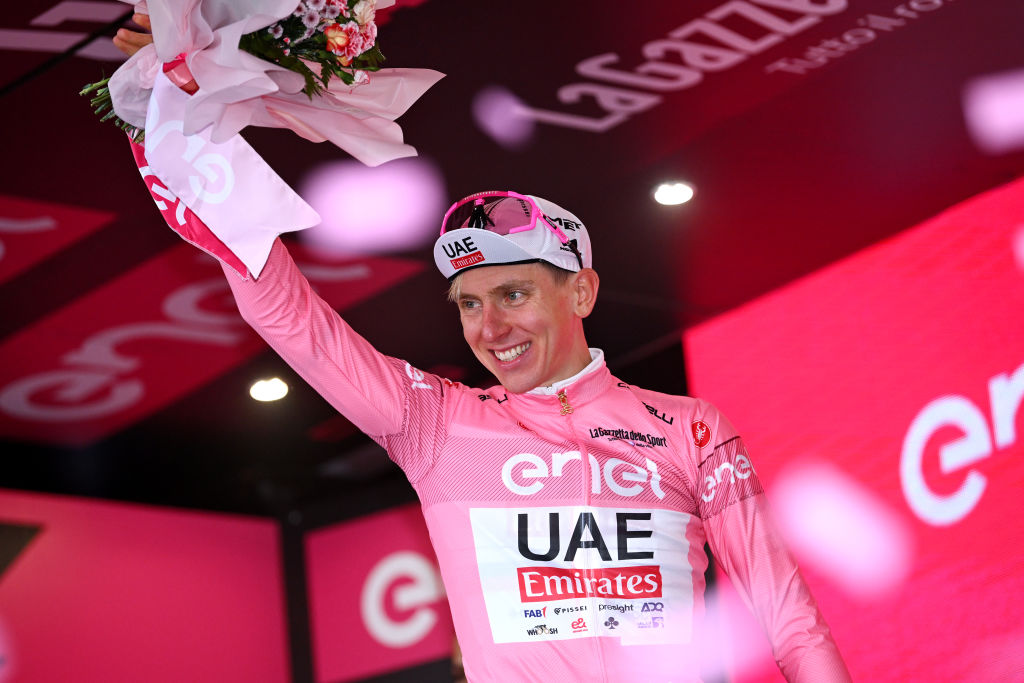Riding or training? Which benefits cycling more
Do you ‘ride’ or ‘train’? It might sound like semantics but there’s a marked difference between the two. But which one’s more suitable to you? Cyclingnews investigates…

The fact that you’ve clicked onto Cyclingnews when, as of November 2022, there were an estimated two-billion websites on the internet suggests that you’re either a cyclist or misspelt Sileage News, the home for pickled-pasture partisans all around the world. But for the purposes of this feature, we’ll assume you’re a cyclist. But what sort of cyclist? In other words, do you train or just ride? And when it comes to your end goal, does it matter?
“They’re quite different,” says coach Pav Bryan (coachpav.com). “Training has a purpose and might be structured in a manner to see progress towards a goal. That goal might be both in the future as an overall objective, such as an event like a Gran Fondo, or for the session/workout itself.”
That differs to ‘just riding’ that’s a little more freeform. Yes, you might plan to ride for, say, two hours or to a destination and back, but it’s all about getting time on the bike and racking up the miles rather than pre-planned intensities and efforts.
This might be intuitive but it’s important as it begs the question: what are the benefits (and potential downsides) of both just riding and training? “When I coach, I try to find the right balance for my riders,” says Bryan. “While we will almost certainly see better physical improvements from training versus just riding, the latter tends to be more fun, thus increasing enjoyment, mental focus and motivation.
“You see, some people just don’t like to train. Training can be quite serious and isn’t for everyone; that said, just riding won’t give you the best physiological adaptations. There’s a balance that’s unique to most people, which might change as they get more serious about achieving goals and improving their cycling.”
Both forms of riding are clearly valid. But it’s clear that while training delivers greater physical improvements, just riding is arguably more enjoyable. Vis-à-vis, training is clearly an oft-used tool to reach the sportive finish line, whether you’re a competer or a completer. But what about just riding? Can you just ride and still reach the sportive finish line?

“It depends on how well you want to do,” says Bryan. “I always say that coaching is the difference between completing a sportive and completing it with a smile! The same goes for the difference between training or just riding. Yes, it is possible to just ride enough to complete a sportive, but it might be far more enjoyable if you actually train.”
The latest race content, interviews, features, reviews and expert buying guides, direct to your inbox!
That’s good news if you’re happy riding. You can simply carry on commuting and throw in longer rides to suit. If that’s cool with you and your lifestyle, roll on. But be warned that your event day in the saddle could be a very long one. Which may edge you toward the ‘training’ camp, albeit you’re now dazed and confused about what you should do next.
Well, of course you could hire a coach like Mr Pav Bryan, who’ll create a training plan specific to your needs, which will include your goal event, experience, available time to train and fitness levels. The likes of Bryan will create a plan that’ll ensure you progress without riding into the quagmire that is overtraining. You could certainly argue they’re better value than spending your life savings on a top-of-the-range carbon number. But that might appear one step too far, to start with anyway.
“If you’re happy to ride without coaching that’s great, though I would invest in a power meter,” says Bryan. “With power meters becoming far more affordable, I’d say it’s the best investment someone new to structured training could make. They give a much clearer view of the training itself, and make tracking and analysing data much easier. Then look at the demands of your event or goal. Once you have that, you just need to identify what you need to do to bridge the gap between where you are and where you need to be.”
This will depend on the goal itself. For instance, someone looking to ride their first century might focus more on ensuring their body can fuel that duration, plus the flexibility to hold the bike position for that many miles. This might mean adapting their body to burn both fat and carbohydrates well enough for fuel by ticking off increasingly longer efforts. That differs to someone who wants to smash their personal best on a short Strava segment who might focus more on high-intensity anaerobic training.

You can crank things up further by focusing on three types of goals – outcome, performance and process – ideally each working together to make you a better cyclist. Let us explain… The overriding target is the outcome goal.
This is where you are aiming to finish in an event. Your performance goal is the time you’re looking to finish. The process goal is the most vital, and most numerous, because this focuses on how you’ll achieve both performance and outcome goals. This might be becoming more aerodynamic on the bike or achieving a sensible caloric deficit each week in search of hitting race weight. Ultimately, the key to effective goal-setting is precise short-term process goals, which can be monitored via some sort of feedback, be it a coach, power meter or something else.
And from here, well who knows in this world of data and training feedback. Before you know it, you’ll be acclimatising using Core’s thermal sensor, taking lactate measurements twice weekly and doffing ketones like they’ve gone out of fashion.
Or you’ll decide to just ride.
Either way, whether training or just riding, key is that you enjoy your cycling. It is your hobby, not your profession, after all.
